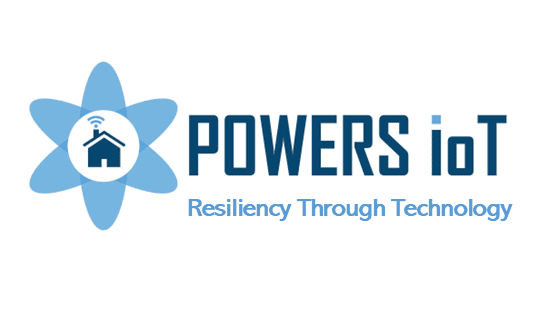
Keeping your Low Voltage System in Good Shape
Your low voltage system (LVS) is a vital part of your home or business. It powers everything from your lights and thermostats to your security and entertainment systems. If your LVS isn’t properly maintained, it can lead to costly repairs, premature equipment failure, and even power outages. That’s why it’s important to follow these tips
Your low voltage system (LVS) is a vital part of your home or business. It powers everything from your lights and thermostats to your security and entertainment systems.
If your LVS isn’t properly maintained, it can lead to costly repairs, premature equipment failure, and even power outages.
That’s why it’s important to follow these tips for keeping your LVS in good shape:
1. Inspect your system regularly.
Give your LVS a once-over at least once a month. Look for loose connections, frayed wires, and other signs of damage.
If you see anything that looks wrong, take care of it right away. A small problem can quickly turn into a big one if you don’t address it.
2. Clean your system regularly.
Dust and dirt can build up on your LVS components over time. This can cause them to overheat and malfunction.
Clean your system with a soft brush and a mild detergent. Be sure to unplug everything before you start cleaning.
3. Test your system regularly.
Test your LVS’s circuit breakers, switches, and other protective devices to confirm that they are functioning as intended.
Calibrate sensors and control systems to maintain optimal performance. Schedule testing and calibration at least once a year or according to the manufacturer’s recommendations.
4. Tighten and secure connections.
Loose connections can lead to increased resistance, overheating, or even electrical fires.
Periodically check and tighten all connections, including terminals, screws, and cable connections, to ensure they remain secure. Use the appropriate tools, such as a torque wrench or screwdriver, to avoid over-tightening and damaging the components.
5. Replace worn or damaged components.
If your inspection reveals worn or damaged components, replace them immediately to prevent system failure or safety hazards. Always use manufacturer-approved replacement parts and follow the manufacturer’s instructions for installation.
6. Keep an updated maintenance log.
Document all maintenance activities, including inspections, cleaning, testing, calibration, and repairs, in a maintenance log. This documentation can help you track your LVS’s performance and identify recurring issues. A well-maintained log can also be useful for troubleshooting, compliance, and warranty claims.
7. Train and educate personnel.
Ensure that all personnel working with the LVS are well-trained and educated on proper maintenance procedures and safety precautions. Regular training and refresher courses can help maintain a high level of competence and reduce the risk of accidents or mistakes.
8. Keep your system in a well-ventilated area.
Heat dissipation is vital for the optimal performance and longevity of your LVS. Ensure that the system components are in a well-ventilated area and that there is adequate air circulation. Regularly clean and inspect ventilation fans, air filters, and grilles to prevent clogging or blockages that could lead to overheating.
9. Use surge protectors.
Surge protectors can help protect your LVS from power spikes. These spikes can occur when there is a lightning strike or when there is a sudden increase in power demand.
10. Use a UPS.
A UPS can provide backup power to your LVS during a power outage. This can help prevent your system from crashing or losing data.
By following these tips, you can keep your LVS in good shape and avoid costly repairs and downtime.
